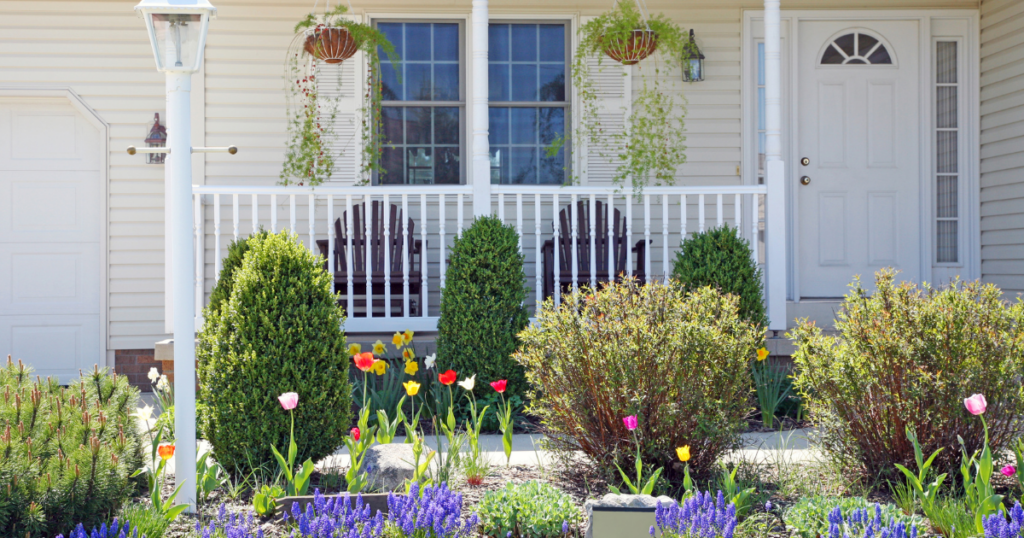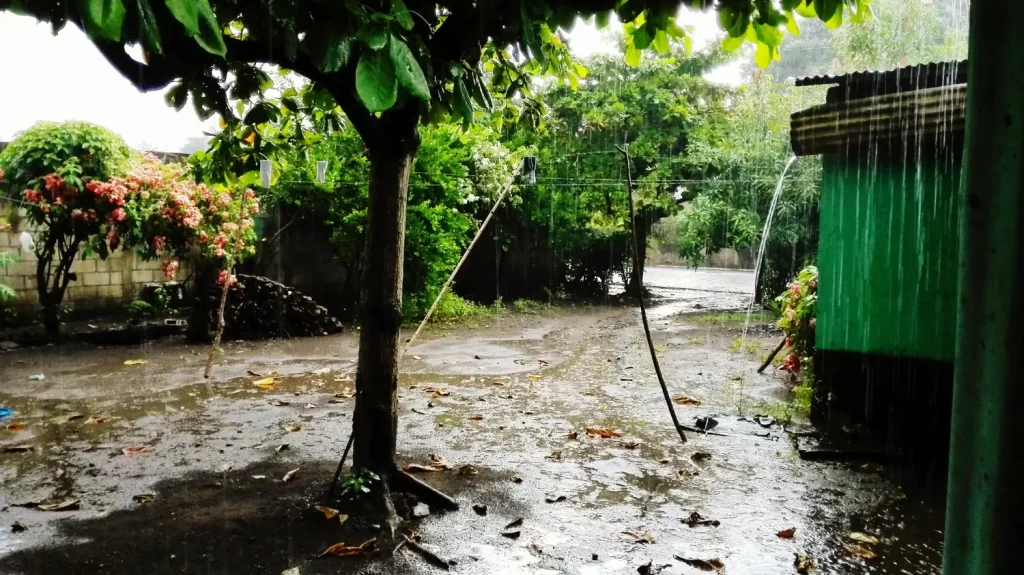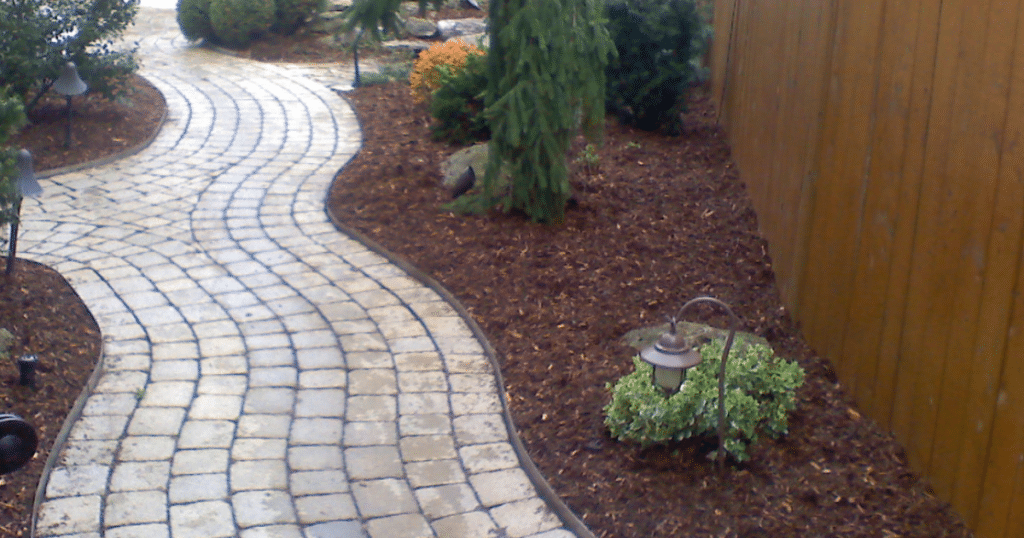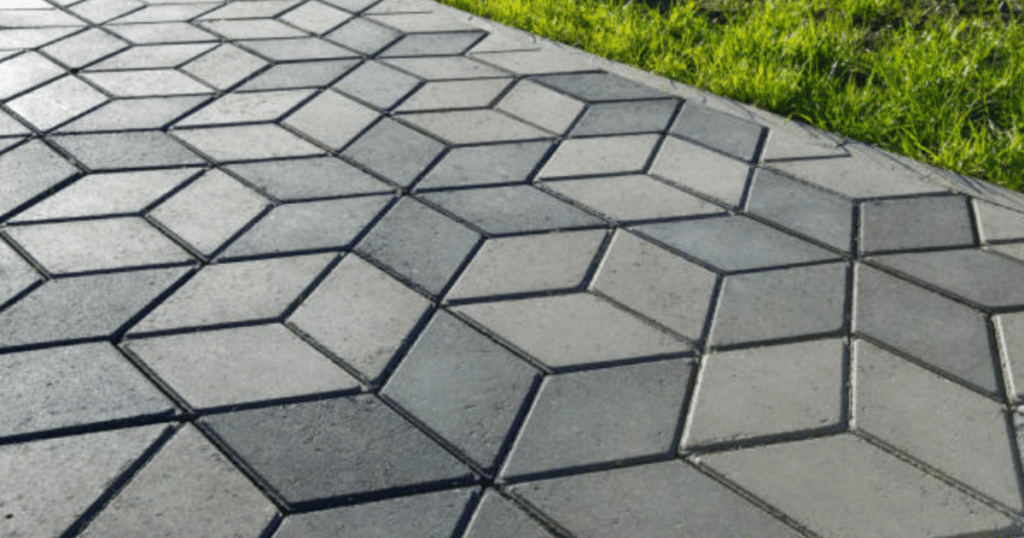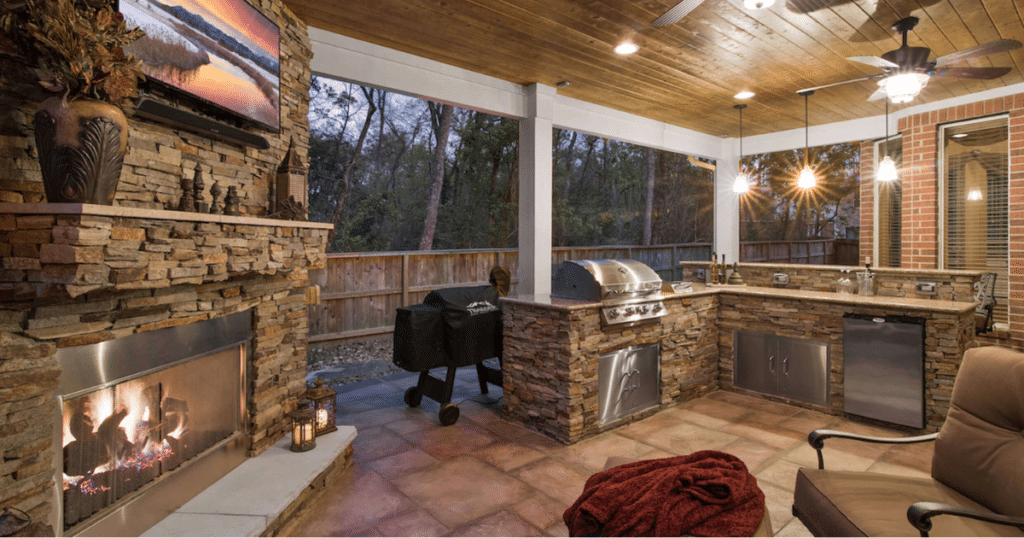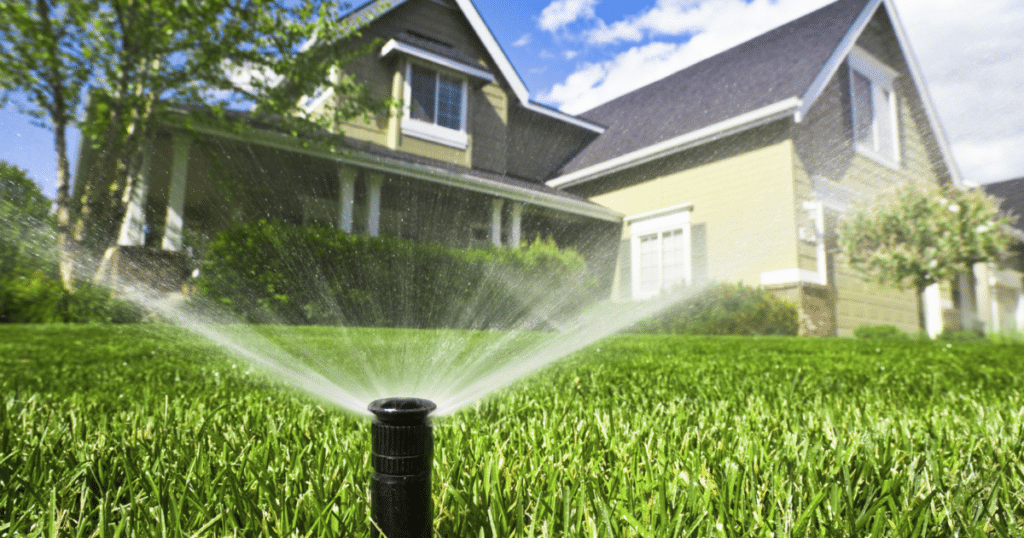There are a variety of methods of salt applications and types of de-icing during the winter months. Many people think that when a driveway or roadway is plowed, it will “turn black” and be safe to drive and walk on but the truth is, without a de-icer this is usually not the case. Plows and shovels can only remove so much of the snow and what’s left is often a slippery residue. Paramount offers de-icing which is done after a property’s snow is cleared (if required) which most of the time, will take some time to work to leave the surface safer. The only exception to this is in extreme cold temperatures. When it’s below minus 10 degrees Celsius, any application will have a hard time working well and there’s really nothing that can be done to melt ice or slippery snow until the sun comes out or the temperature increases.
1. Road/ Rock Salt
The salt that is typically used on roads and in parking lots is called road salt or rock salt. This is a basic and effective option that most clients go with. It works well when the ground is just below zero, but then its effectiveness starts to decrease as it gets colder. When it’s -6 degrees C and colder, road/ rock salt will have very little effect. In order to be most efficient, there needs to be some moisture on the roadway for the salt to have the reaction to melt. Also, unless the temperatures are hovering around zero, rock salt relies on friction from vehicles driving as well as sunlight to work. The other downfall of rock salt (and treated salt) is that it has corrosive effects on our environment and because they are large pellets, it quite often bounces when hitting the ground and will find its way to grass and vegetation.
There are rock salt mines all over the world where miners need to extract and crush the salt in order to be used in salters. As you are probably aware in these last few years, there has been a drastic salt shortage which has created huge price increases for suppliers, providers and consumers.
2. Treated salt
Treated salt is rock salt that has been treated with a chemical brine so that it works better in lower temperatures. Treated salt works well even if there is little or no moisture on the ground’s surface (think dry, powdery snow). Also, unlike regular rock salt, treated salt does not need traffic flow or the sun to be shining to start the melting process. And lastly, the other benefit of treated salt is that it works better than rock salt and can melt snow and ice in temperatures up to -15 degrees C. This product costs us roughly 15% more than regular road salt.
3. De- Icer
De- Icer is a newer product to hit the market and seems to slightly change every few years. Scientists are looking for a product that has fewer environmental implications but works extremely well melting snow and ice. The de-icer that we use at Paramount is called Jet Blue and we love it! Jet Blue claims that “This blend offers the greatest ice melt capacity, lowest corrosion and overall performance like no other branded granular de-icer in its class”. Also, it claims to have been shown that this product is 71% less corrosive than ordinary rock salt and it will melt ice up to or even below 30 degrees C. It’s also apparently more pet friendly. The biggest pro that we’ve noticed with this product is, it doesn’t track inside on carpets and flooring as much as regular salt because it’s much of a smaller pellet. It’s also supposed to be less harmful (hence being less corrosive) to interlock brick and patios, which is mainly the reason that some customers opt for this on their driveways and walkways. So why is every company, property manager and household not choosing Jet Blue as their winter product? It comes down to price. It’s not available in bulk, just in bags and containers and wholesale, it costs twice as much as regular road salt.

